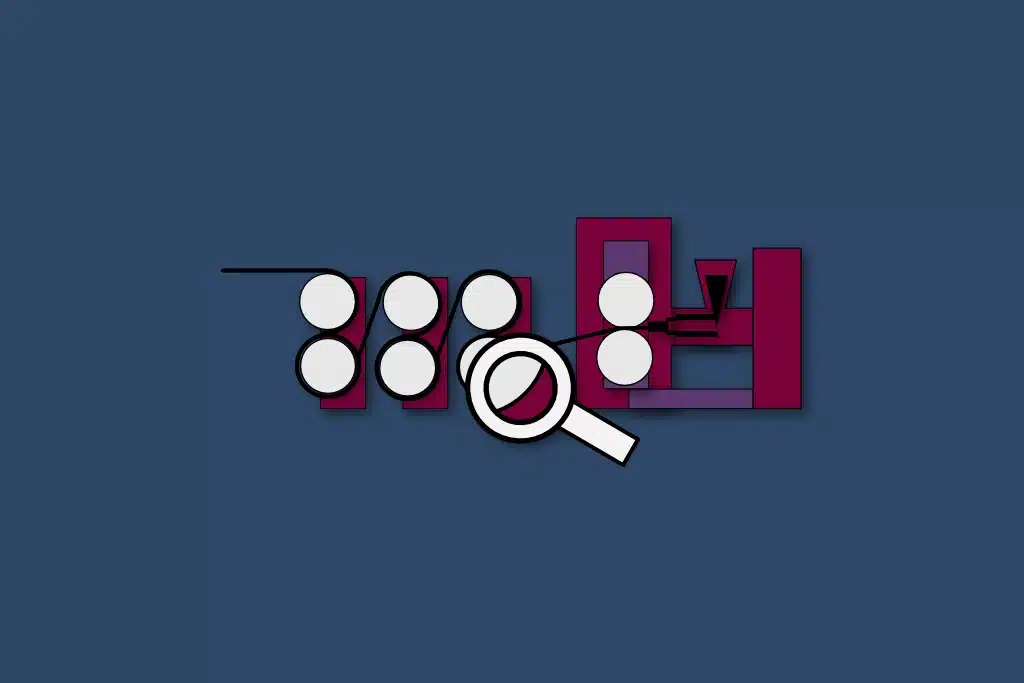In such a high-risk industry, how can you ensure that the DSEAR assessment that you have undertaken satisfies the regulators and ensures safety in your workplace, especially as you have dangerous substances present?
At Sigma-HSE we have undertaken hundreds of DSEAR assessments, DSEAR reviews and follow on process safety management projects across a range of industries and have found a glaring gap when it comes to external DSEAR risk assessments – non-conformance with Regulation 7.
In this short article, we will briefly explain what DSEAR and Hazardous Area Classifications are and will walk you through everything you need to know about DSEAR Regulation 7.
An Introduction to DSEAR
DSEAR stands for the Dangerous Substances and Explosive Atmospheres Regulations 2002 and is a risk assessment that legally requires employers in the UK to eliminate any risks from fire and explosions. This risk assessment is therefore associated with explosive atmospheres, flammable substances, and substances corrosive to metals.
Under DSEAR, employers are required to assess all sites where a hazardous environment (dangerous substances, flammable/explosive atmospheres, and effective sources of ignition) are present.
What is a Hazardous Area Classification (HAC)?
A Hazardous Area Classification (HAC) classifies an operational area based primarily on the likelihood of the presence of a flammable atmosphere (the combination of a fuel in oxidant (typically air)).
Once the extent or size of a flammable atmosphere is determined, any equipment located within the flammable atmosphere must be appropriately designed to reduce the likelihood of that equipment item acting as an ignition source.
A HAC will therefore include the identification of potential flammable materials, an understanding of ventilation characteristics (natural or mechanical/electrical equipment), and the assessment of various other factors that can create an explosive atmosphere.
What is DSEAR regulation 7?
The HAC is a specific requirement of the DSEAR Regulations – Regulation 7.
Regulation 7 specifically pertains to the assessment and classification of zones where potentially explosive atmospheres may occur. This regulation outlines the systematic approach that businesses must adopt to identify areas where the presence of dangerous substances could lead to the formation of explosive atmospheres.
Regulation 7, as stated by the Health and Safety Executive, is as follows:
(1) Every employer shall classify places at the workplace where an explosive atmosphere may occur into hazardous or non-hazardous places in accordance with paragraph 1 of Schedule 2 and shall classify those places so classified as hazardous into zones in accordance with paragraph 2 of that Schedule; and that Schedule shall have effect subject to the notes at the end of that Schedule.
(2) The employer shall ensure that the requirements specified in Schedule 3 are applied to equipment and protective systems in the places classified as hazardous pursuant to paragraph (1).
(3) Where necessary, places classified as hazardous pursuant to paragraph (1) shall be marked by the employer with signs at their points of entry in accordance with Schedule 4.
(4) Before a workplace containing places classified as hazardous pursuant to paragraph (1) is used for the first time, the employer shall ensure that its overall explosion safety is verified by a person who is competent in the field of explosion protection because of his experience or any professional training or both.
(5) The employer shall ensure that appropriate work clothing which does not give rise to electrostatic discharges is provided for use in places classified as hazardous pursuant to paragraph (1).
A HAC is crucial for identifying areas where the presence of dangerous substances may lead to the formation of explosive atmospheres. Without this key component, you cannot understand and mitigate any of the potential hazards across your facility.
Why is a Hazardous Area Classification important?
As stated, the Hazardous Area Classification is key for identification of areas where the presence of dangerous substances may lead to the formation of explosive atmospheres (areas where flammable gases, vapours, or combustible dusts may be present).
The HAC is important starting point because without it, the next step in ensuring that effective ignition sources are not present within your hazardous zones, can’t happen.
If your zones are hazardous, then equipment in this zone must be ATEX certified so that the probability of the equipment acting as an effective ignition source is reduced. Again, this can’t occur if you don’t know if/where your hazardous zones are.
What is contained in a HAC report?
The Hazardous Area Classification (HAC) section of your DSEAR report must be comprehensive and must systematically assess and classify areas where potentially explosive atmospheres may occur.
It should aim to provide clear information and guidance to ensure the safety of personnel, equipment, and facilities.
Hazardous Area Classification reports should typically contain varying information including a site overview, dangerous substance identification, suitable control measures and mitigation response, alongside a range of other recommendations.
Furthermore, it should also state how your personnel are protected from harm from fires and explosions – this is generally part of the ‘Basis of Safety’ and includes explosion protection such as explosion relief, containment, or suppression.
A well-structured Hazardous Area Classification report ensures that all stakeholders understand the potential risks associated with explosive atmospheres and provides a basis for implementing effective control measures to enhance safety.
If your report does not contain all these elements or recommends that these are needed as next steps, then send your DSEAR assessment back and don’t pay until it has been finalised appropriately.
Conclusion
DSEAR plays a key role in managing the risks associated with dangerous substances and explosive atmospheres and focuses on ensuring the safety and well-being of individuals in the workplace.
We have lost count of the number of DSEAR assessments we have seen that recommend the client to undertake a Hazardous Area Classification. DSEAR Regulation 7 clearly states that the HAC is a specific requirement. If your DSEAR risk assessment report does not contain a HAC, send it back to your provider.



